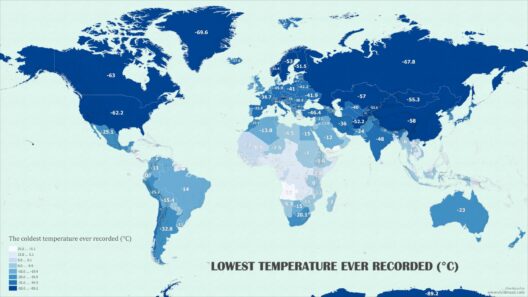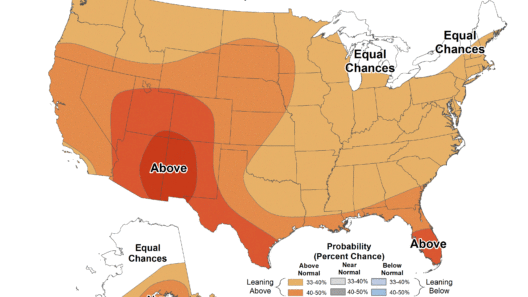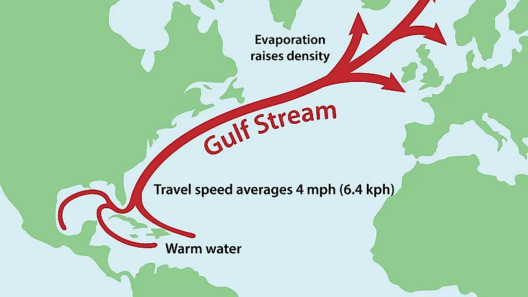In contemporary dialogues about climate change, the concept of hope emerges frequently. While it is often portrayed as a beacon guiding our efforts toward a sustainable future, this ideal can mask the stark realities of the crisis we face. The relationship between hope and climate change is complex, revealing the dangers of reliance on optimism without corresponding action. This exploration delves into why hope can be perilous in the context of climate change, emphasizing the need for pragmatism, action, and an unfiltered understanding of the challenges ahead.
1. The Illusion of Hope: Distraction from Action
Hope, in its benign form, can serve as a motivator; however, it also risks fostering complacency. Individuals and organizations often adopt a hopeful narrative that suggests an inevitable turn towards a greener future. This view can detract attention from immediate, crucial actions necessary to mitigate climate change. The belief that technology will eventually solve the difficulties of climate change without pressing intervention can lead to a perilous procrastination.
For example, advancements in renewable energy technologies might offer elusive comfort to those who believe we can rely solely on future innovations to remedy environmental degradation. This reliance on hypothetical innovations may prevent individuals from engaging deeply with strategies that are urgent and available today.
2. Hope Versus Reality: The Data Discrepancy
Hope often glosses over the harsh truths illustrated by scientific data. Global temperatures continue to rise, ecosystems are being destroyed, and the frequency of extreme weather events is accelerating. The juxtaposition of hopeful messaging against undeniable data creates a schism that can mislead public understanding. When optimism overshadows factual assessments, the urgency of climate action dilutes.
Moreover, the detrimental effects of climate change do not affect all populations equally. Marginalized communities often bear the brunt of environmental catastrophes, and framing the conversation in a hopeful light can obscure these injustices. Hope can become a barrier to recognizing the vulnerable groups that require immediate and focused intervention.
3. The Psychological Toll of False Hope
Expectations shaped solely by hope can lead to disillusionment and despair when reality fails to meet these optimistic forecasts. This emotional friction can exacerbate anxiety and helplessness among those who feel that their efforts are insufficient. When future goals highlighted by hopeful narratives are unattainable, individuals may become discouraged from participating in meaningful actions—resulting in an alarming cycle of inaction.
The psychological ramifications extend beyond the individual. Collectively, communities may grow fatigued by unfulfilled promises and visions of a sustainable future, leading to decreased engagement in activism. Effective climate action requires sustained participation; hence, fostering a sense of agency grounded in realistic outcomes rather than fleeting idealism is vital.
4. The Dichotomy of Hope: A Double-Edged Sword
Interestingly, hope can be both a catalyst for engagement and a hindrance. It spurs individuals into action, yet it can also facilitate the propagation of misguided narratives. Activists must recognize the dual nature of hope when framing discussions around climate change. On one side, hopeful messages can inspire necessary action, fostering community and cooperation; on the other, they can create a false narrative, leading to apathy and inaction.
This duality necessitates a balanced approach—encouraging proactive measures while stressing the urgency and difficulty of achieving climate justice. It is essential to frame hope within a context of reality, acknowledging the challenges while actively working towards feasible solutions.
5. The Necessity of Realism in Climate Activism
The forefront of climate activism must be grounded in realism, eschewing purely optimistic rhetoric. A transparent presentation of the issues at hand should empower individuals to face the realities of climate change head-on. By integrating the scientific data with grassroots movements, activists can offer a roadmap that encompasses both crisis acknowledgment and actionable steps. This approach necessitates critical discussions about systemic change, policy reform, and individual accountability.
A realistic approach encourages communities to grapple with the gravity of climate changes—whether it’s the need to transition from fossil fuels, rethink consumption patterns, or advocate for policy changes that prioritize sustainability over economic growth. Movements that amplify voices from affected regions and communities can further engender a collective response. Through robust dialogues, activism can reposition itself as an urgent necessity, rather than a hopeful aspiration.
6. Conclusion: Cultivating a Constructive Paradigm Shift
Ultimately, the dialogue surrounding climate change must transition from an overreliance on hope to an actionable narrative spearheaded by realism. Hope, if unbridled, risks fraying the fabric of urgency required to combat the climate crisis effectively. A more nuanced understanding encompassing the interplay of hope, action, and empirical reality will foster the kind of societal engagement necessary to confront this existential challenge. By recalibrating perspectives, society can cultivate a constructive paradigm shift that prioritizes immediate, impactful actions over ephemeral dreams of an optimistic future.







